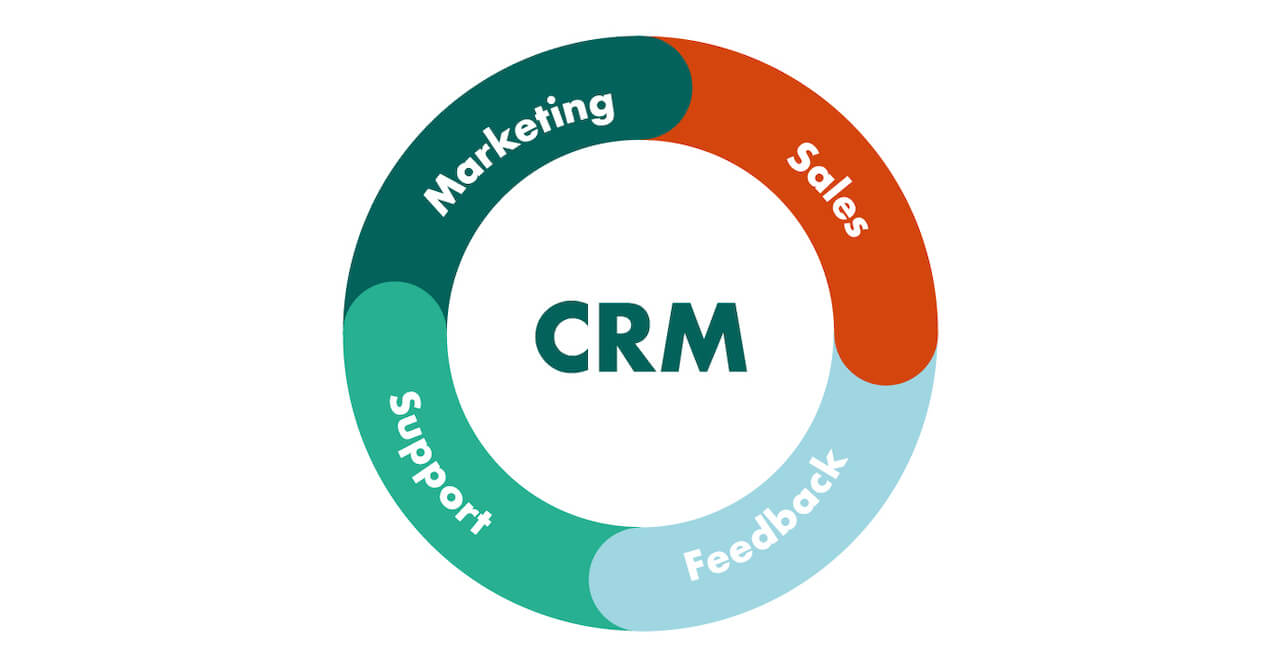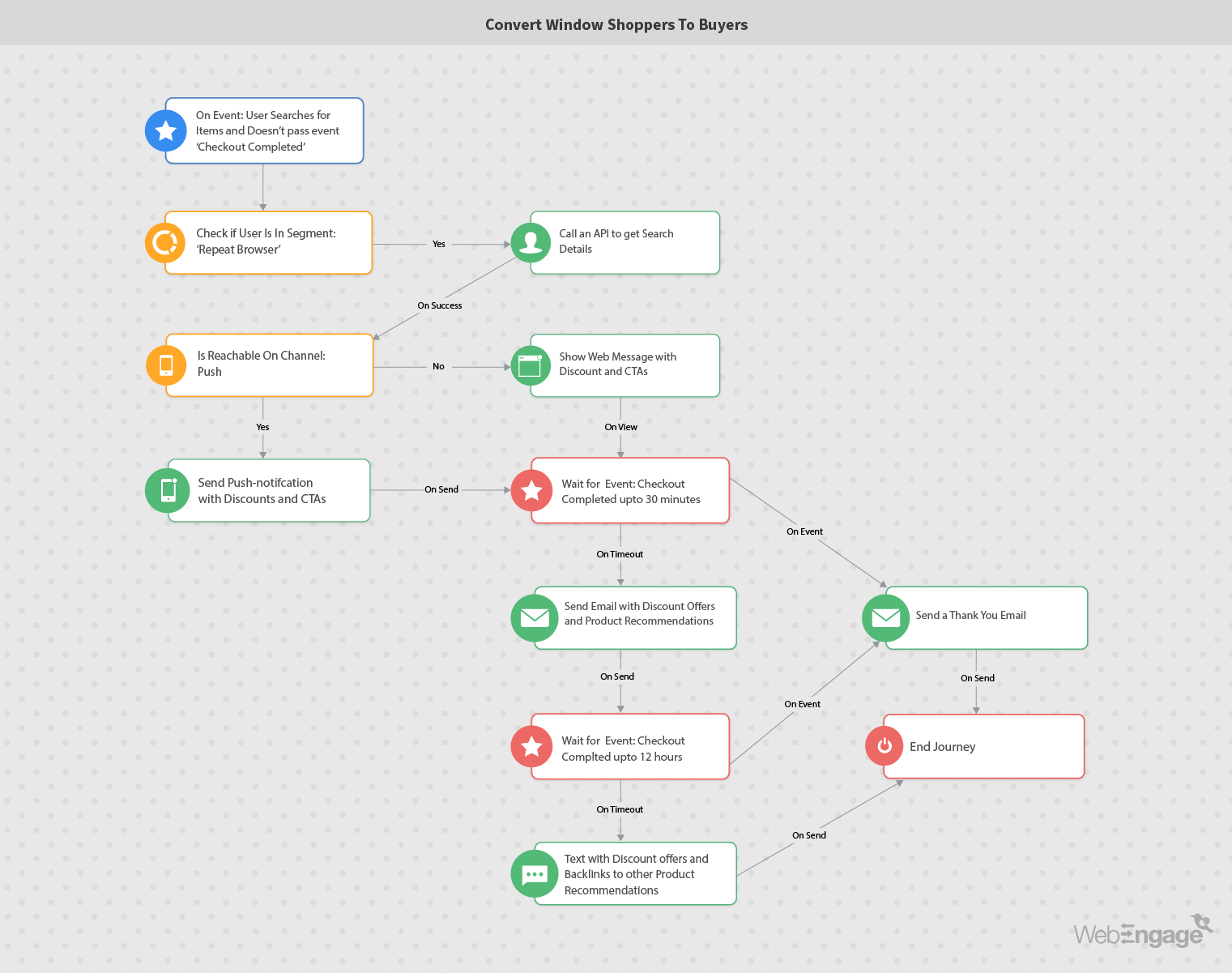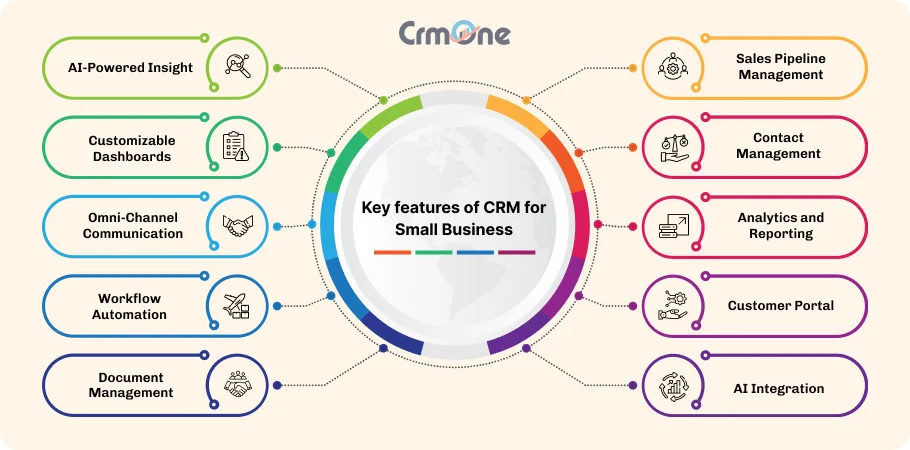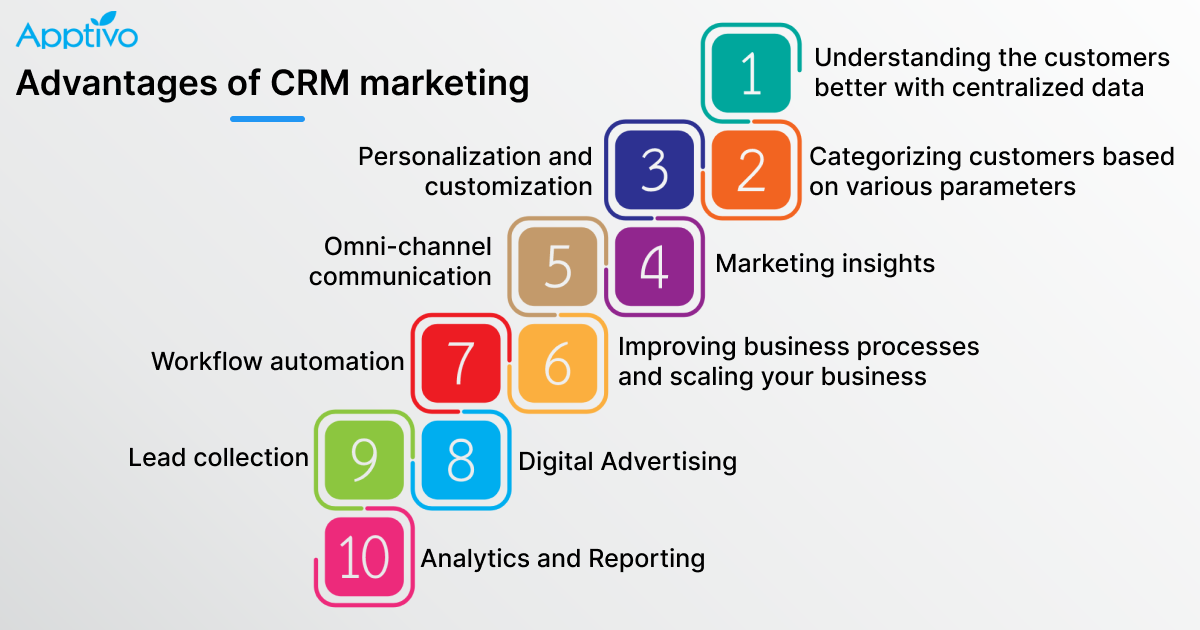
CRM Marketing Segmentation: The Ultimate Guide to Personalized Customer Experiences
In the ever-evolving world of marketing, standing out from the crowd is no longer a luxury; it’s a necessity. Consumers are bombarded with messages daily, and they’ve become adept at filtering out anything that doesn’t immediately grab their attention. This is where the power of CRM marketing segmentation comes into play. It’s not just a buzzword; it’s a strategic approach that allows businesses to tailor their marketing efforts, deliver personalized experiences, and ultimately, build stronger customer relationships.
This comprehensive guide will delve deep into the world of CRM marketing segmentation. We’ll explore what it is, why it’s crucial, how to implement it effectively, and the benefits it can bring to your business. Get ready to transform your marketing strategies and start connecting with your customers on a deeper, more meaningful level.
What is CRM Marketing Segmentation?
At its core, CRM marketing segmentation is the process of dividing your customer base into distinct groups, or segments, based on shared characteristics. These characteristics can range from demographics and behaviors to preferences and purchase history. The goal is to understand your customers better and create targeted marketing campaigns that resonate with each segment.
Think of it like this: Imagine you’re throwing a party. You wouldn’t send the same invitation to everyone, would you? You’d tailor the invitation based on who you’re inviting – considering their interests, dietary restrictions, and relationship with you. CRM marketing segmentation is the same principle, applied to your customer base.
Instead of sending the same generic message to everyone, you can craft specific messages for different groups. For example, you might have a segment of customers who frequently purchase a particular product. You could send them exclusive offers or promotions related to that product. Another segment might be new customers; you could welcome them with a special onboarding email series.
Why is CRM Marketing Segmentation Important?
In a word: Relevance. In a world saturated with marketing messages, relevance is the key to capturing attention and driving results. CRM marketing segmentation allows you to deliver highly relevant content to each customer segment, which leads to a multitude of benefits:
- Increased Engagement: When customers receive content that aligns with their interests and needs, they’re more likely to engage with it. This translates to higher open rates, click-through rates, and conversions.
- Improved Customer Experience: Personalization is the new standard. By tailoring your marketing efforts, you demonstrate that you understand and value your customers. This fosters loyalty and strengthens customer relationships.
- Higher Conversion Rates: Targeted marketing campaigns are inherently more effective. By speaking directly to the needs and desires of each segment, you increase the likelihood of converting leads into customers and customers into repeat buyers.
- Reduced Marketing Costs: While it might seem counterintuitive, segmentation can actually reduce your marketing costs. By focusing your efforts on the most promising segments, you avoid wasting resources on people who are unlikely to convert.
- Enhanced Brand Loyalty: When customers feel understood and appreciated, they’re more likely to remain loyal to your brand. Segmentation helps you build stronger relationships, which leads to increased customer lifetime value.
- Better Product Development: By analyzing customer data, you can gain valuable insights into their needs and preferences. This information can inform product development, helping you create products and services that meet the demands of your target audience.
Key Steps in CRM Marketing Segmentation
Implementing CRM marketing segmentation might seem daunting, but it doesn’t have to be. Here’s a step-by-step guide to get you started:
1. Define Your Goals and Objectives
Before diving into segmentation, it’s crucial to define your goals. What do you want to achieve with your marketing efforts? Are you trying to increase sales, improve customer retention, or build brand awareness? Your goals will guide your segmentation strategy and help you measure your success.
For example, if your goal is to increase sales, you might focus on segmenting your customers based on their purchase history and identifying those who are likely to make repeat purchases. If your goal is to improve customer retention, you might segment your customers based on their engagement levels and create campaigns to re-engage those who are at risk of churning.
2. Collect and Analyze Customer Data
Data is the lifeblood of CRM marketing segmentation. You need to gather as much relevant data as possible about your customers. This can include:
- Demographic Data: Age, gender, location, income, education, etc.
- Psychographic Data: Values, interests, lifestyle, attitudes, etc.
- Behavioral Data: Purchase history, website activity, email engagement, social media interactions, etc.
- Transactional Data: Purchase amount, frequency, recency, etc.
- Customer Feedback: Surveys, reviews, support tickets, etc.
You can collect this data from various sources, including your CRM system, website analytics, social media platforms, and customer surveys. Once you’ve collected the data, you need to analyze it to identify patterns and trends that will help you create your segments.
3. Choose Your Segmentation Criteria
This is where you decide how to divide your customer base into segments. There are many different segmentation criteria you can use, and the best approach will depend on your business and your goals. Some common criteria include:
- Demographic Segmentation: Dividing customers based on age, gender, location, income, education, etc. This is a basic but often useful starting point.
- Psychographic Segmentation: Dividing customers based on their values, interests, lifestyle, attitudes, etc. This is a more advanced approach that can help you create highly targeted campaigns.
- Behavioral Segmentation: Dividing customers based on their purchase history, website activity, email engagement, social media interactions, etc. This is a very effective way to target customers based on their actual behavior.
- Geographic Segmentation: Dividing customers based on their location. This is useful for businesses that operate in specific geographic areas or that want to tailor their marketing efforts to local markets.
- Needs-Based Segmentation: Grouping customers based on their specific needs or problems that your product or service can solve.
- Value-Based Segmentation: Segmenting customers based on their customer lifetime value (CLTV) or their potential profitability.
The best segmentation strategy often involves using a combination of these criteria. For example, you might segment your customers based on their demographics, purchase history, and engagement levels.
4. Create Your Customer Segments
Once you’ve chosen your segmentation criteria, it’s time to create your customer segments. This involves grouping your customers based on the shared characteristics you’ve identified. Make sure your segments are:
- Measurable: You should be able to track the size and characteristics of each segment.
- Accessible: You should be able to reach each segment with your marketing messages.
- Substantial: Each segment should be large enough to be worth targeting.
- Actionable: You should be able to create marketing campaigns that are relevant to each segment.
Give each segment a descriptive name that reflects its key characteristics. For example, you might have segments like “High-Value Customers,” “New Subscribers,” or “Inactive Users.”
5. Develop Targeted Marketing Campaigns
Now comes the exciting part: creating marketing campaigns that are tailored to each segment. This involves:
- Crafting Personalized Messaging: Use language and tone that resonates with each segment. Address their specific needs and pain points.
- Selecting Relevant Channels: Choose the channels that each segment is most likely to use. This might include email, social media, SMS, or direct mail.
- Creating Compelling Offers: Offer products, services, or promotions that are relevant to each segment’s interests and needs.
- Optimizing for Conversions: Design your campaigns to encourage the desired action, such as making a purchase, signing up for a newsletter, or requesting a demo.
Remember to A/B test your campaigns to optimize their performance. Experiment with different messaging, offers, and channels to see what works best for each segment.
6. Implement and Automate
Once your campaigns are ready, it’s time to launch them. Most CRM systems offer automation features that can help you streamline your marketing efforts. For example, you can set up automated email series to welcome new subscribers, nurture leads, or re-engage inactive customers. Automating your campaigns will save you time and effort and ensure that your marketing messages are delivered consistently.
7. Monitor, Analyze, and Refine
CRM marketing segmentation is not a one-time task. It’s an ongoing process that requires continuous monitoring, analysis, and refinement. Track the performance of your campaigns and analyze the results to see what’s working and what’s not. Use this data to refine your segmentation strategy, optimize your campaigns, and improve your overall marketing effectiveness.
Regularly review your segments to ensure they are still relevant and that your targeting criteria are up-to-date. As your business evolves and your customer base changes, you may need to adjust your segments to reflect these changes.
Examples of CRM Marketing Segmentation in Action
Let’s look at some real-world examples of how businesses are using CRM marketing segmentation to drive results:
E-commerce:
An online clothing retailer segments its customers based on their purchase history. They identify segments such as “frequent buyers,” “occasional buyers,” and “new customers.” They then send targeted emails to each segment:
- Frequent Buyers: Receive exclusive offers, early access to sales, and personalized recommendations based on their past purchases.
- Occasional Buyers: Receive promotional emails with discounts and special offers, as well as reminders about new arrivals.
- New Customers: Receive a welcome email series with a discount code, product recommendations, and information about the brand.
SaaS Company:
A software-as-a-service (SaaS) company segments its customers based on their usage of the software. They identify segments such as “power users,” “light users,” and “churn risk.” They then create targeted campaigns:
- Power Users: Receive updates about new features, invitations to exclusive webinars, and early access to beta programs.
- Light Users: Receive onboarding tutorials, tips and tricks, and reminders about the value of the software.
- Churn Risk: Receive personalized emails offering support, discounts, and incentives to stay.
Healthcare Provider:
A healthcare provider segments its patients based on their medical history and appointment frequency. They create segments like “patients with chronic conditions,” “patients due for checkups,” and “new patients.” They then send targeted communications:
- Patients with Chronic Conditions: Receive educational resources, appointment reminders, and information about support groups.
- Patients Due for Checkups: Receive appointment reminders and information about preventive care.
- New Patients: Receive a welcome packet, information about the practice, and instructions on how to schedule appointments.
Tools and Technologies for CRM Marketing Segmentation
Fortunately, you don’t have to build your segmentation strategy from scratch. There are numerous tools and technologies available to help you with the process. These tools can automate many of the tasks involved, from data collection and analysis to campaign execution and reporting. Here are some of the most popular categories:
- CRM Platforms: These are the central hubs for managing customer data and executing marketing campaigns. Popular CRM platforms include Salesforce, HubSpot, Zoho CRM, and Microsoft Dynamics 365. These platforms usually have built-in segmentation capabilities or integrate with other segmentation tools.
- Marketing Automation Platforms: These platforms allow you to automate your marketing tasks, such as sending emails, scheduling social media posts, and creating landing pages. They often have advanced segmentation capabilities, allowing you to create highly targeted campaigns. Examples include Marketo, Pardot, and ActiveCampaign.
- Email Marketing Platforms: These platforms are specifically designed for email marketing. They typically offer segmentation features, allowing you to divide your email list into different groups and send targeted emails. Popular email marketing platforms include Mailchimp, Constant Contact, and GetResponse.
- Customer Data Platforms (CDPs): CDPs are designed to collect and unify customer data from various sources. They provide a centralized view of your customers, making it easier to create accurate segments. Examples include Segment, Tealium, and Oracle CX Unity.
- Analytics Tools: Analytics tools, such as Google Analytics, can provide valuable insights into customer behavior and website activity. This data can be used to inform your segmentation strategy.
When choosing a tool, consider your budget, your business needs, and the size of your customer base. Start with the tools that are most essential for your needs and gradually add more advanced features as your segmentation strategy evolves.
Best Practices for CRM Marketing Segmentation
To maximize the effectiveness of your CRM marketing segmentation, keep these best practices in mind:
- Start Small: Don’t try to segment your entire customer base at once. Start with a few key segments and gradually expand your efforts as you gain experience.
- Focus on Actionable Segments: Create segments that you can actually target with relevant marketing campaigns. Avoid creating segments that are too broad or too narrow.
- Use Multiple Criteria: Combine different segmentation criteria to create more targeted and effective segments.
- Keep it Simple: Don’t overcomplicate your segmentation strategy. Start with the basics and add complexity as needed.
- Test and Iterate: Regularly test your segments and campaigns to see what’s working and what’s not. Make adjustments as needed.
- Prioritize Data Privacy: Always comply with data privacy regulations, such as GDPR and CCPA. Be transparent with your customers about how you’re collecting and using their data.
- Personalize, Personalize, Personalize: The more you personalize your messaging and offers, the better. Use customer data to tailor your content to each segment’s specific needs and interests.
- Be Consistent: Ensure consistency in your messaging and branding across all your marketing channels.
- Align with Sales: Collaborate with your sales team to ensure that your marketing efforts are aligned with their sales goals. Share customer data and insights to help them close deals.
- Don’t Set and Forget: Segmentation is not a one-time project. Regularly review and update your segments to ensure they remain relevant and effective.
Common Mistakes to Avoid
While CRM marketing segmentation can be highly effective, there are some common pitfalls to avoid:
- Lack of Data: Without sufficient data, you won’t be able to create meaningful segments. Make sure you have a robust data collection strategy in place.
- Poor Data Quality: Inaccurate or incomplete data can lead to flawed segments. Invest in data cleansing and data quality initiatives.
- Over-segmentation: Creating too many segments can be overwhelming and difficult to manage. Focus on the segments that are most important to your business goals.
- Ignoring Data Privacy: Failure to comply with data privacy regulations can lead to legal and reputational damage. Always prioritize data privacy.
- Sending Generic Messages: If your segmented campaigns aren’t personalized, you’re missing the point. Make sure your messaging is tailored to each segment’s specific needs and interests.
- Not Measuring Results: Without tracking and analyzing your results, you won’t know if your segmentation strategy is working. Use analytics to measure the performance of your campaigns and make adjustments as needed.
- Failing to Update Segments: Customer behavior and preferences change over time. Regularly review and update your segments to ensure they remain relevant.
- Over-reliance on One Type of Data: Using a single data point to define a segment can lead to inaccurate targeting. Combine multiple data points for a more comprehensive view.
- Lack of Integration: Siloed data across different systems can hinder effective segmentation. Integrate your CRM, marketing automation, and other tools for a holistic view of your customers.
The Future of CRM Marketing Segmentation
The landscape of CRM marketing is constantly evolving, and segmentation is no exception. Here are some trends that are shaping the future of CRM marketing segmentation:
- Artificial Intelligence (AI): AI is playing an increasingly important role in segmentation. AI-powered tools can analyze vast amounts of data to identify patterns and trends that humans might miss. They can also automate many of the tasks involved in segmentation, such as segment creation and campaign optimization.
- Hyper-Personalization: Consumers are demanding more personalized experiences. CRM marketing segmentation is evolving towards hyper-personalization, where businesses tailor their marketing efforts to individual customers rather than just segments.
- Predictive Analytics: Predictive analytics uses data to forecast future customer behavior. This allows businesses to create proactive marketing campaigns that address customer needs before they even realize them.
- Omnichannel Marketing: Customers interact with businesses across multiple channels, such as email, social media, and mobile apps. The future of CRM marketing segmentation involves creating seamless experiences across all channels.
- Data Privacy and Security: As data privacy regulations become stricter, businesses must prioritize data security and transparency. This means being upfront with customers about how you’re collecting and using their data and giving them control over their data.
Conclusion: Embrace the Power of CRM Marketing Segmentation
CRM marketing segmentation is a powerful tool that can transform your marketing efforts and drive significant results. By understanding your customers better and delivering personalized experiences, you can increase engagement, improve customer relationships, and boost your bottom line.
Don’t be intimidated by the process. Start small, experiment, and learn from your results. With the right strategy and tools, you can harness the power of CRM marketing segmentation to build stronger customer relationships and achieve your business goals. Embrace the future of marketing and start segmenting today!




